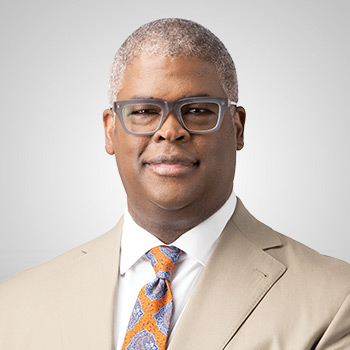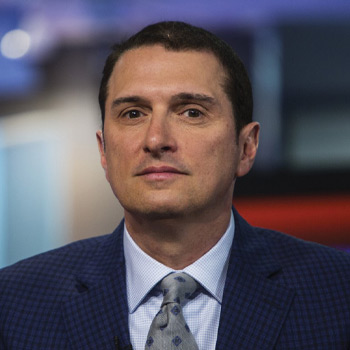Technology bulls on Thursday snatched back all of the week's early losses, and then some, states Jon Markman, editor of Strategic Advantage.
The Nasdaq 100 closed at $13,109—up an awesome 2%. The advance for the benchmark NDX seemed to fly in the face of reports earlier in the week about operational problems at key big-cap tech firms.
Amazon.com (AMZN) shares surged 4.6% after its CEO reassured shareholders that the company will get expenses under control. And Apple (AAPL) stock jumped 3.4% a day after shares fell a similar amount on a story about changes for its iPhone 15.
The gains reflect changing investor sentiment. For the first time in more than a year, traders can see that inflation is slowing. The March producer price index report on Thursday showed wholesale inflation falling 0.5% from a month ago. Economists expected the PPI to be flat. Cooler inflation means the Federal Reserve can stop raising its key bank lending rate.
The hawkish Fed has been a significant headwind for stock prices. The Nasdaq 100 should now rally to test 13,750, the August 2022 high. Key support for the benchmark is 12,830, the rising 20-day moving average.
Behind the Headlines
The Nasdaq jumped 2% to 12,166.3 and the Dow gained 1.1% to 34,029.7. Except for real estate, all sectors closed higher, led by communication services and consumer discretionary…
Breadth favored Advancers three-two. There were 204 new highs vs 185 new lows. The leaders were Merck & Co (MRK), Novo Nordisk (NVO), AstraZeneca (AZN), Novartis (NVS), and McDonald’s (MCD). Good leadership for now, but tech and industrials need to show up…
The Saudi-Russia oil alliance can potentially cause trouble for the US economy—and even for President Joe Biden’s re-election campaign. This month’s OPEC+ decision to cut crude output, for the second time since Biden flew to Saudi Arabia last summer seeking an increase, maybe just the start.
That April second announcement has lifted oil prices by about $5 a barrel. OPEC’s projections show that the cuts will widen the supply shortfall later this year. That means inflation will be higher, and recession risks are bigger than they otherwise would have been because consumers spending more on energy will have less cash left for other stuff.
But more significant is what the OPEC+ move says about the likely path of oil prices over the coming years.
Meanwhile, the threat of competition from US shale fields, a deterrent to price hikes in the past, has receded. And while there’s a global effort to reduce fossil-fuel use—and higher prices will accelerate that effort—the dash to drill in the last year shows that the zero-carbon economy remains more a long-term aspiration than the short-term driver.
Add all this up, and while some analysts say demand hurdles mean the recent bump in prices could prove fleeting, most anticipate prices above $80 a barrel over the coming years—well above the $58-a-barrel average price between 2015 and 2021.




















